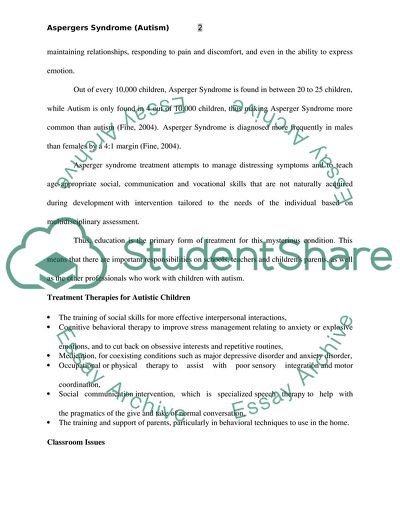Cite this document
(Asperger's Syndrome Research Paper Example | Topics and Well Written Essays - 1500 words - 1, n.d.)
Asperger's Syndrome Research Paper Example | Topics and Well Written Essays - 1500 words - 1. Retrieved from https://studentshare.org/health-sciences-medicine/1751141-aspergers-syndrome-autism
Asperger's Syndrome Research Paper Example | Topics and Well Written Essays - 1500 words - 1. Retrieved from https://studentshare.org/health-sciences-medicine/1751141-aspergers-syndrome-autism
(Asperger'S Syndrome Research Paper Example | Topics and Well Written Essays - 1500 Words - 1)
Asperger'S Syndrome Research Paper Example | Topics and Well Written Essays - 1500 Words - 1. https://studentshare.org/health-sciences-medicine/1751141-aspergers-syndrome-autism.
Asperger'S Syndrome Research Paper Example | Topics and Well Written Essays - 1500 Words - 1. https://studentshare.org/health-sciences-medicine/1751141-aspergers-syndrome-autism.
“Asperger'S Syndrome Research Paper Example | Topics and Well Written Essays - 1500 Words - 1”, n.d. https://studentshare.org/health-sciences-medicine/1751141-aspergers-syndrome-autism.


